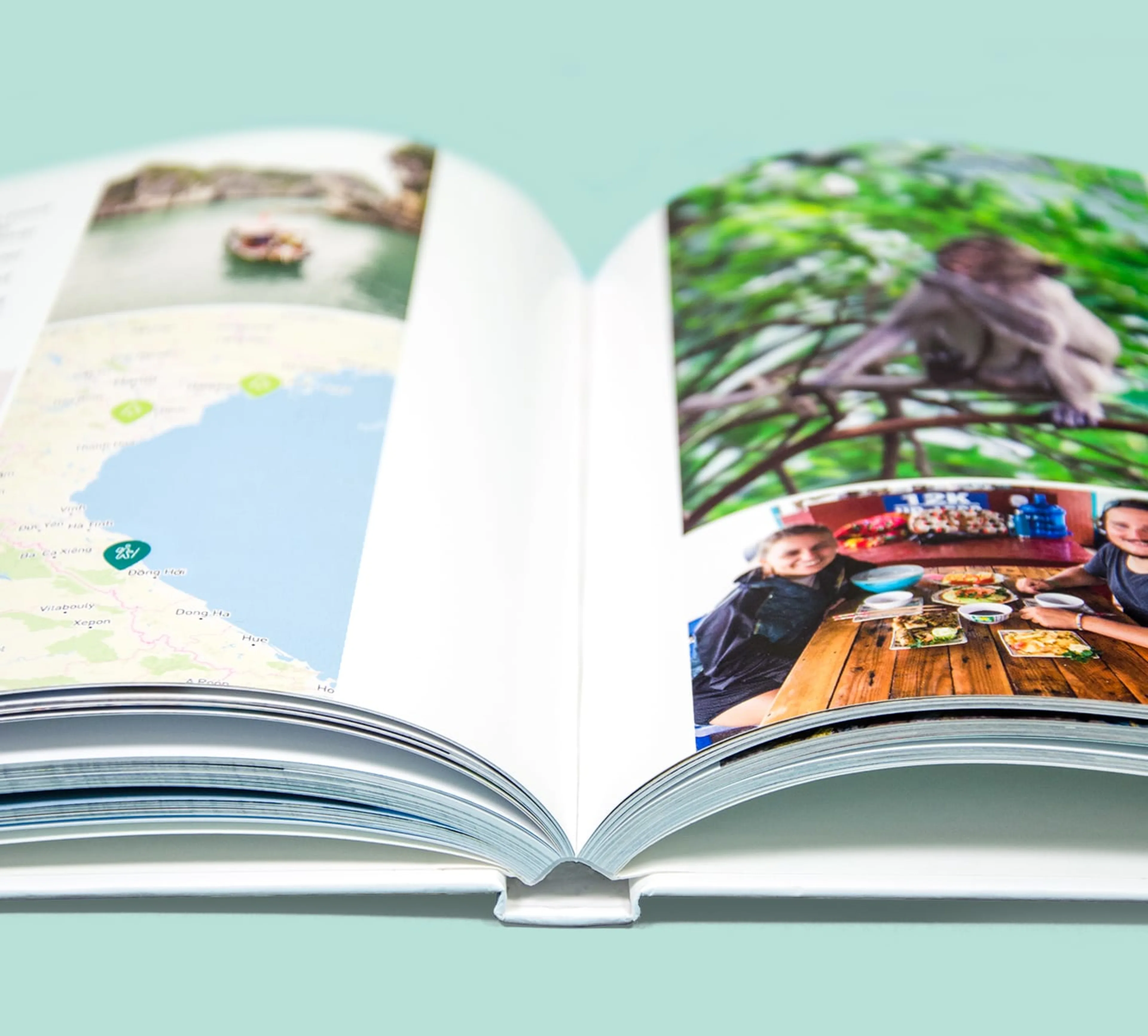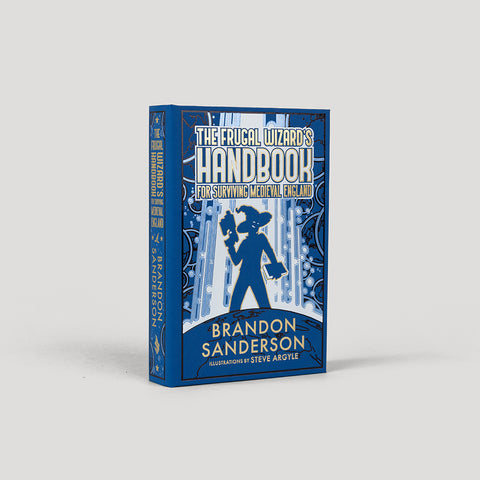Hardcover Books to Read Before the Screen Release
Hardcover Books to Read Before the Screen Release
Blog Article
A Comprehensive Overview to the Process of Hardbound Books Printing
When you start the journey of hardbound publication printing, understanding the whole procedure is necessary. As you navigate via binding and top quality control, you'll discover that every decision impacts the book's total allure.
Comprehending the Hardcover Book Structure
When you explore the world of hardcover books, you'll rapidly notice that their structure is distinct and deliberate. The outer case, frequently constructed from durable cardboard, provides sturdiness and defense. You'll discover a fabric or natural leather treatment, which not just boosts aesthetics however additionally includes in guide's long life. Inside, the endpapers link the cover to the message block, making sure a seamless interchange.
The text block itself is composed of multiple signatures, or folded up sheets, stitched with each other for toughness. You'll see that the back is strengthened, enabling a smooth lay-flat analysis experience - hardcover books. Additionally, the book's weight usually shares a feeling of high quality and durability
Hardbound publications typically include a dust coat, which offers as an advertising tool while securing the cover. Comprehending these aspects assists you appreciate the workmanship behind hardbound publications and their unique appeal in the literary globe.
Manuscript Preparation and Modifying
Getting your manuscript all set for printing is important, and it starts with correct formatting guidelines. You'll need to recognize the editing and enhancing process to refine your work and ensure it reverberates with visitors. Plus, understanding proofreading techniques can assist you capture those pesky errors prior to your publication mosts likely to print.

Manuscript Format Standards
Appropriate manuscript formatting is crucial for creating a professional-looking hardbound book. Make sure to proofread your manuscript for consistency in style, making sure that everything from punctuation to spacing adheres to your picked guidelines. Following these actions will certainly establish a solid foundation for your book.
Editing And Enhancing Process Basics
Editing your manuscript is an important action that can change it from an outline right into a polished end product. Begin by reviewing your job critically, focusing on flow, clearness, and framework. Try to find incongruities in your narrative, personality growth, or argumentation. It's helpful to take breaks between rounds of editing and enhancing to obtain fresh perspectives. Do not be reluctant to reduce unnecessary content or rephrase unpleasant sentences; this will certainly improve readability. Think about looking for responses from trusted peers or expert editors that can give beneficial insights. Keep in mind, modifying isn't just concerning fixing mistakes; it's about improving your voice and guaranteeing your message resonates with visitors. Welcome the process, and you'll see your manuscript sparkle.
Proofreading Methods Review
Once you've brightened your manuscript through modifying, the following step is to guarantee it's correct that can distract readers. Begin by relaxing after editing; fresh eyes catch blunders much better. Read your manuscript out loud-- this aids you listen to unpleasant wording and area typos. Use electronic devices like spell checkers for first scans, but do not rely solely on them. Think about printing your manuscript; reading on paper can expose mistakes that screens miss out on. Focus on one kind of mistake at a time, whether it's spelling or grammar, to prevent sensation bewildered. Finally, get a trusted close friend or expert proofreader to provide a fresh perspective. Their comments can highlight issues you might ignore.
Designing guide Cover and Inside
When you're creating your publication cover and interior, you'll intend to focus on important layout elements that catch your audience's interest. Selecting the best typography designs and thoroughly choosing colors and imagery can make all the difference in sharing your publication's motif. Let's discover exactly how these selections can elevate your job and draw in visitors.
Vital Layout Aspects
Producing a distinctive publication cover and a well-designed inside is crucial for drawing in readers and enhancing their experience. Start with the cover; it's your very first impression. Select colors and images that mirror your book's theme and mood. Ensure your title attracts attention and is understandable, also in thumbnail dimension.
For the interior, emphasis on design and white room. A tidy, orderly design assists visitors browse easily. Think about making use of phase headings and subheadings to direct them via the web content. Visual aspects, like graphics or illustrations, can also boost engagement yet must match the text, not overwhelm it. Remember, a natural design throughout your publication promotes a specialist look that can significantly affect a reader's choice to select it up.
Choosing Typography Designs
Typography plays a necessary role in both the book cover and indoor design, forming just how visitors regard your content. When picking typography designs, consider your publication's category and target audience. Believe about pecking order-- utilize different styles for headings and body message to lead visitors easily through your work.
Shade and Images Option
Choosing the right colors from this source and images is crucial for recording viewers' focus and communicating your book's themes. Beginning by considering your genre; vivid colors may function for a kids's publication, while soft tones fit a mystery book. hardcover books. Usage images that reverberates with your web content-- images, images, or abstract designs can enhance your message
When designing the cover, make particular the imagery doesn't overwhelm the title and author's name; clarity is key. This natural method not just elevates your publication's aesthetic yet also enhances the reader's experience, making it much more remarkable.
Picking the Right Paper and Materials
When choosing paper and materials for your hardcover book, it's necessary to consider how they'll impact the overall look of your job. Start by choosing the appropriate paper weight; larger stock typically shares quality and sturdiness, while lighter paper can create a much more fragile touch. Think about the coating as well; shiny paper boosts photos and shades, while matte can provide an innovative, downplayed appearance.
Do not ignore the cover products. Fabric, leather, or published paper can establish the tone for your publication. Decide for acid-free paper to protect against yellowing over time if your job includes images. In addition, think regarding the binding materials; making use of top notch glue assurances your publication lasts.
Eventually, the options you make here reflect your vision, so take the time to example different products (hardcover books). Your options will certainly assist create a publication that's not just visually enticing however also sturdy and practical
The Printing Refine: Techniques and Technologies
A selection of printing techniques and technologies can bring your hardcover book to life, each offering one-of-a-kind benefits. Digital printing is a prominent selection for brief runs, enabling for quick turnaround and economical options.
For unique effects, you could think about strategies like aluminum foil marking or embossing, which can include an elegant touch to your cover. In addition, you can select various inks, consisting of environment-friendly options that provide to eco aware visitors. Comprehending these techniques helps you make educated choices, ensuring your hardbound book not only looks excellent but likewise meets your production needs successfully. Pick the ideal strategy to elevate your publication's allure and influence.
Binding Techniques for Hardbound Books
Numerous binding techniques can transform your hardcover book into a long lasting and eye-catching item. An additional approach is the ideal binding, which uses glue to hold the pages together, enabling for a streamlined back however less toughness compared to situation binding.
You could also think about spiral binding, which permits your publication to lay level, making it suitable for guidebooks or workbooks. It does not offer the same safety cover as situation binding. There's the saddle stitch technique, her latest blog ideal for smaller sized publications, where sheets are folded and stapled together. Each binding method has its advantages and fits various requirements, so consider your publication's function and target market when selecting the most effective option for your project.
Quality Assurance and Final Touches
After selecting the right binding method for your hardbound publication, top quality control comes to be necessary to verify your end product satisfies your expectations. Begin by inspecting the published pages for any type of errors or variances in color and format. You do not want to miss out on any type of typos or misprints that could affect your visitors' experience.
Next, check the binding honesty. Verify the web pages are securely affixed which click over here now the spinal column is sturdy. A well-bound publication not just looks professional however likewise feels resilient in your hands.
Furthermore, take note of the cover. Look for any type of scuff marks or misalignments in the art work. If you've chosen for special finishes like embossing or aluminum foil stamping, ensure they're used continually throughout all duplicates.
Finally, carry out a thorough inspection of the whole set before relocating to distribution. By doing this, you can verify that every book reflects your high criteria.
Often Asked Concerns
How much time Does the Hardcover Publication Printing Refine Normally Take?

What Is the Minimum Order Amount for Hardcover Books?
The minimum order quantity for hardcover publications typically starts around 100 copies, yet it can differ based on the printer. You should talk to your chosen printing solution for their details requirements and rates.

Can I Publish Hardcover Books in Customized Sizes?
Yes, you can print hardbound books in personalized dimensions. Several printing solutions provide adaptability with measurements, allowing you to pick a style that matches your task. Simply validate the requirements prior to positioning your order.
Are There Eco-Friendly Options for Hardbound Book Printing?
Yes, you can find environmentally friendly alternatives for hardbound book printing. Lots of companies make use of lasting inks and recycled materials. Just ask your printer regarding their green practices to assure your task lines up with your ecological values.
What Are the Prices Connected With Hardcover Publication Printing?
When taking into consideration hardbound publication printing costs, you'll need to variable in products, design, and printing methods. Additional expenses like shipping and binding can also influence your overall budget plan, so strategy accordingly for your task.
When you begin the journey of hardbound book printing, comprehending the whole process is vital.A range of printing methods and modern technologies can bring your hardbound book to life, each offering one-of-a-kind advantages. How Long Does the Hardbound Book Printing Refine Commonly Take?
The hardbound book printing procedure typically takes about 2 to 6 weeks.Yes, you can find environment-friendly choices for hardbound publication printing.
Report this page